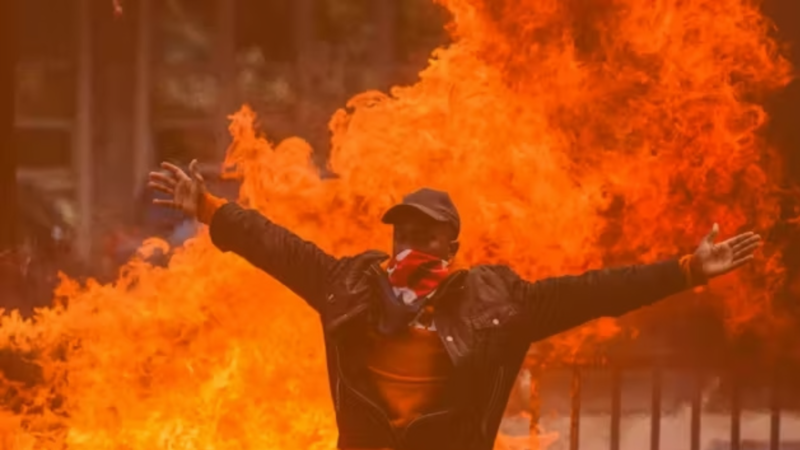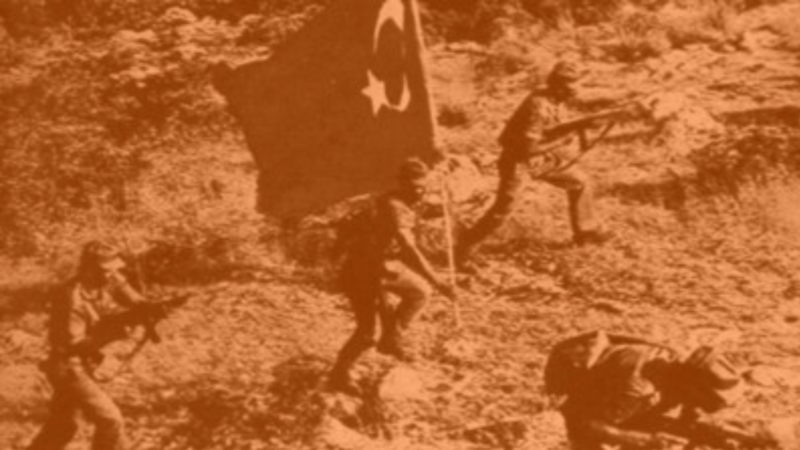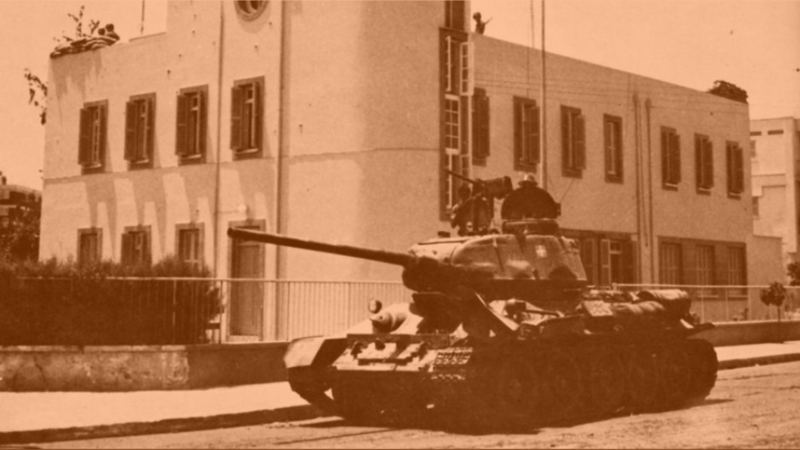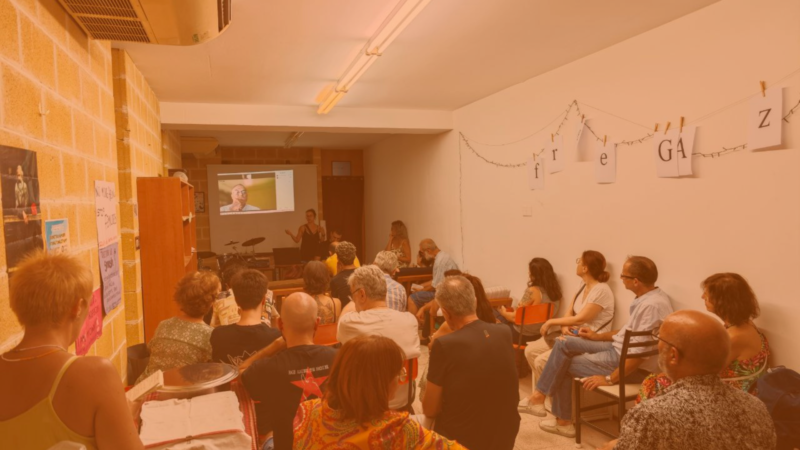Half a century ago, on the 6-7 of September, Istanbul’s famous Beyoğlu district became the scene of a pogrom — an ‘organized massacre of helpless people’ — and thereafter lost its spirit of multiculturalism.
The term pogrom is never used in Turkey’s recent history; this violent and fatal attack on Greek minorities is mentioned as “Istanbul events of 6-7 September 1955.” Even today, on social media with some exceptions the same description is more observable. However, the general opinion carries the conviction that the 6-7 September pogrom in 1955 was a planned attack aimed at uniformizing society and seizing minority property.
All acts of pogrom were executed during these two days of atrocity. Material, religious, cultural assets and living spaces of an ethnic, religious, political and cultural community were destroyed and exposed to violence. The stories of the victims are revealed in these two films: Tasos Boulmetis’ Touch of Spice (2003) and Tomris Giritlioğlu’s Pain of Autumn, based on the book of Yılmaz (2009).
This pogrom contributed to the very brutal official policies of dehumanization and societal cleansing concerning minority communities, which were applied by ruling powers during certain periods of history. The effect was so drastic that the last ‘native’ Greeks left Turkey in a short time. It is estimated that there were over 100.000 Greeks in the last century of ottoman Empire. From all aspects, this pogrom was a dark stain in the socio-political memory of the nation, and it was the beginning of the conclusive transformation of the multi-cultural face of Istanbul towards a homogenous population in accordance with the state ideology.
According to the press, 11 people died in the riots, and according to Greek sources 15 people lost their lives. Officially, 30 people were injured — unofficial numbers amount to 300. The number of raped women is estimated to be above 200.
4,214 houses, 1,004 offices, 73 churches, one synagogue, one monastery, 26 schools and 5,317 other places such as hotels and bars were attacked.
The property damage is estimated between 150 million and 1 billion Turk Lira as an equivalent to the value of those days. The Democratic Party government paid about 60 million Turkish Lira in compensation.
Two main background conspiracies behind this disaster is mentioned as:
The ruling government’s Democratic Party’s domestic and foreign policy had multidimensional problems. The drastic decline of economic indicators made the economically stronger minorities a target. The Cyprus conflict appeared as a cover-up prompted by the nationalist vein.
The other event was on September 5, 1955 — a Greek bombing attack on the Turkish consulate in Thessaloniki (Salonica) which also damaged the nearby birth building of Kemal Ataturk. The bomb that was dropped on Atatürk’s house in Thessaloniki was the igniter of this pogrom. The Istanbul Express Newspaper made a headline “Our father Atatürk’s house has been bombed” and distributed it widely, provoking the atrocities.
After the 1960 military coup and during the trials, against the Democratic Party and its leaders, the court found that the pogrom was ordered by the prime minister Adnan Menderes, to incite and justify it. After he was retired General Sabri Yirmibeşoğlu, Chief of the Armed Forces Special War Department during Cyprus crisis confessed about the Istanbul Riots in an interview: He described the attacks by saying that “It was an excellent special warfare operation and it reached its goal.”
The deep state oriented ethnic cleansing of Istanbul continued with an immediate expulsion of the Greek population. In 1964, claiming the Cyprus issue approximately 13 thousand Greeks, according to official figures, became the subjects of this tragedy. Deportation was not the only measure taken; this dreadful application continued with the seizure or prohibition of real estate, foundations, minority schools. The Greeks of Turkey were convinced that there was no future in their homeland.
These non-democratic operations with religious, ethnic, political dogmatism have always come at a heavy price for Turkey. Its political history is tainted with this dark memory.
As we commemorate this event once again, we witness the same politically manipulated and provocative conditions half a century later. Two truths are confronting each other: Historical, traditional, current ties and interests at the micro level between the people of the two countries and the limitless ambitions of neo- and liberal-capitalist interests that impudently disregard the environmental and human element in the Aegean and Mediterranean Sea.
Photograph:
I AM I, BETWEEN WORLDS AND BETWEEN SHADOWS by Kalliopi Lemos
An Installation in IOAKIMION SCHOOL FOR GIRLS, FENER, ISTANBUL. 11 September – 10 November 2013. This event was realized in the scope of the 13th Istanbul Biennial Parallel Events Programme.
Beral Madra is a member of DiEM25’s Coordinating Collective.
Photo Source: BM.
Do you want to be informed of DiEM25's actions? Sign up here










